It’s hard to say just how long french fried onion rings have been on restaurant menus. But it’s likely that they were served at the Grove Park Inn, in Asheville NC, shortly after it opened in 1913. A few years later politician William Jennings Bryan’s recipe for them appeared in a Boston newspaper in which he said that the inn was the first place he – a frequent traveler – had ever encountered them.
Women had been preparing them in their homes before that. A recipe appeared in Women’s Home Companion in 1905, but I’m sure they were known earlier.
Bryan’s recollection as well as the 1905 recipe settle the question of whether french fried onion rings were the 1920s invention of a Pig Stand in Texas as frequently claimed on the internet. They were not.
In the 1930s onion rings became more common in restaurants, probably aided by improvements in cooking oil (though many used lard) and deep fryers. Then, and for several decades later, they were usually featured as an accompaniment to a steak. In the heart of the Depression Schrafft’s advertized its Sizzling Steak Combination, saying, “With it you get generous helpings of French fried potatoes, onion rings or a fresh vegetable, a green salad, and a pot of Schrafft’s coffee, $1.50.” It ended with the tagline, “A Man’s Meal.”
They were often specifically marketed to men. Whether women shied away from them because of fear of breath contamination or some other stigma is unclear. Or maybe they enjoyed them just as much as men did, but were less likely to order steak because of price.
Despite the fact that men liked onion rings, onions in general carried a stigma. At various times in the last century they were characterized as “ordinary and even common,” as breath contaminators, and as food that restaurant kitchen workers did not like to handle. A 1966 handbook recommended that restaurant operators drawing up menus “shun” onions, along with lamb kidneys, pig’s knuckles, parsnips, turnips, and rutabagas. In 1969 a Gallup Poll found that potatoes were Americans’ favorite vegetables, followed by green beans, asparagus, corn, and tomatoes. French fried onions were ranked as slightly more popular than broccoli, lima beans, and peas.
Prejudices aside, onion rings grew more popular over time.
The arrival of pre-breaded frozen onion rings, which saved kitchen labor, was almost certainly part of their rising popularity. Their production began in the early 1950s when food companies contracted with fish processors who had learned the art of breading and freezing. Contra the Gallup poll, in 1969 one writer acknowledged that, after french fries, onion rings “must be the all time favorite accompaniment to hamburgers.”
Use of the ready-to-heat rings increased in the 1970s when fast food chains began to serve them. Some, such as those sold at Burger King, were made of ground onions that had been extruded through tubes in factories. Their uniform size and shape, suited for “portion control,” did not sit well with a restaurant reviewer in 1977. He complained that a Burger King in Seattle served onion rings that were “those pressed-onion jobs that come out all one size and lacking a great deal of onion taste.” What an ingrate! Didn’t he realize that extrusion meant he could count on always receiving the exact same number of grams of breading and ground onion as the next customer?
In 1978 McDonald’s began test-marketing their own version of deep fried onions, using chunks instead of rings and calling their “french fried chopped onion product” Onion Nuggets. But the nuggets didn’t make it past the test stage, reputedly because they got cold too quickly. Restaurant onion rings, in general, were often criticized for being served cold – as well as for being limp and greasy.
Overall, the historic trajectory of onion rings in restaurants seems to be:
- Beginning in the early 20th century primarily as a garnish or accompaniment to a steak
- Especially as onion prices rose, becoming a separately priced side order, often where hamburgers were popular such as drive-ins and fast food outlets.
- Ascending to the top of the menu — with inflated prices — as appetizers at dinner-house chains such as TGI Friday.
Though not ring-shaped, Outback Steakhouse’s “Bloomin’ Onion” may have propelled deep fried onions to their historic pinnacle both in terms of fat and calorie load as well as price.
© Jan Whitaker, 2021





















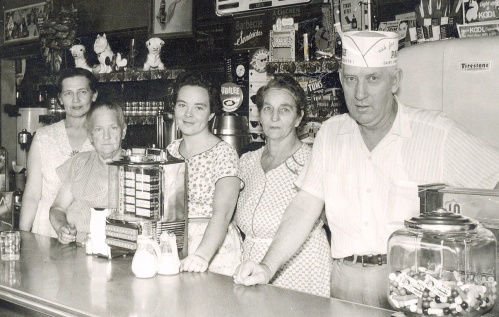


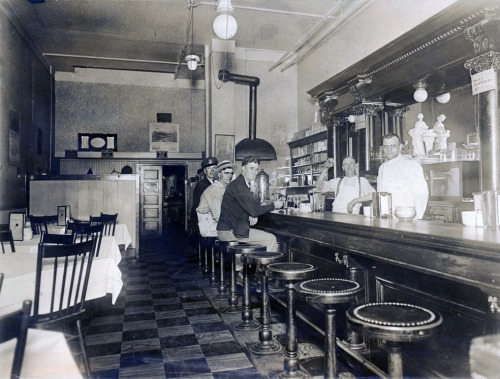
























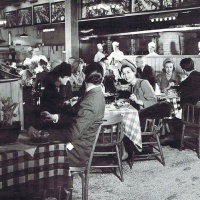
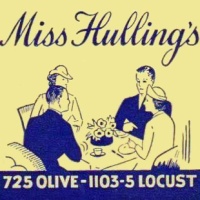

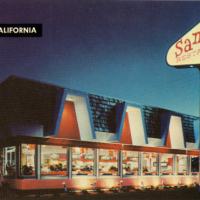
 It's great to hear from readers and I take time to answer queries. I can't always find what you are looking for, but I do appreciate getting thank yous no matter what the outcome.
It's great to hear from readers and I take time to answer queries. I can't always find what you are looking for, but I do appreciate getting thank yous no matter what the outcome.


